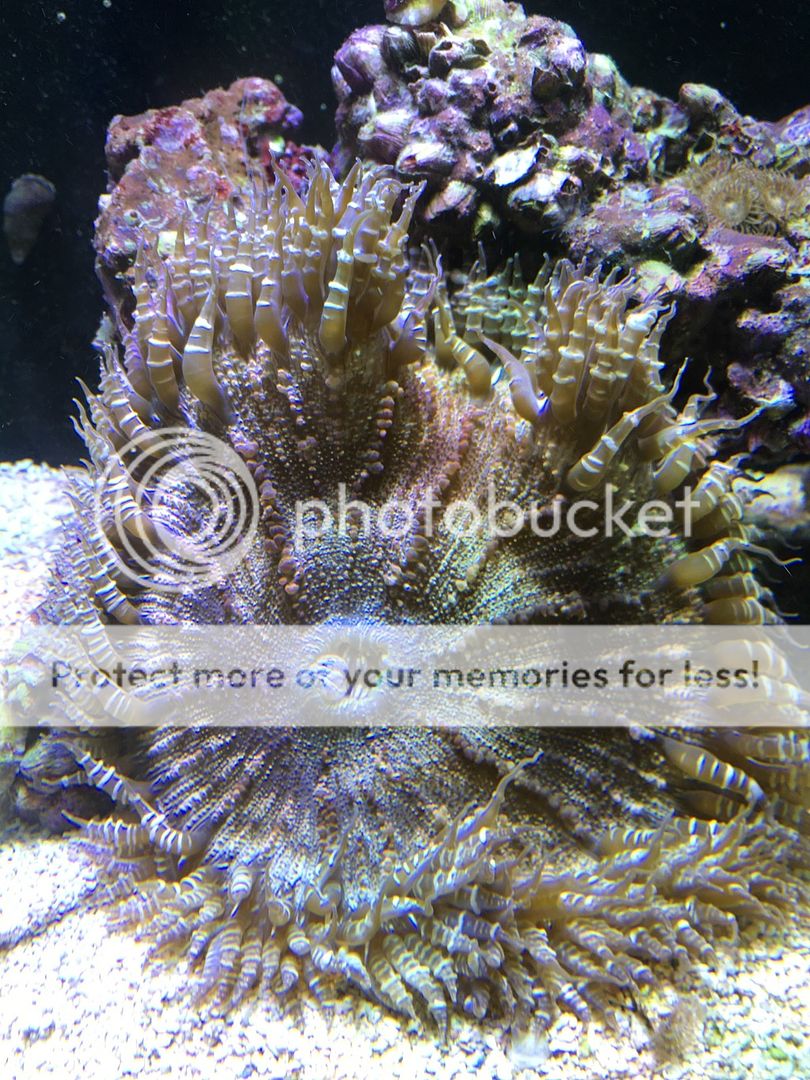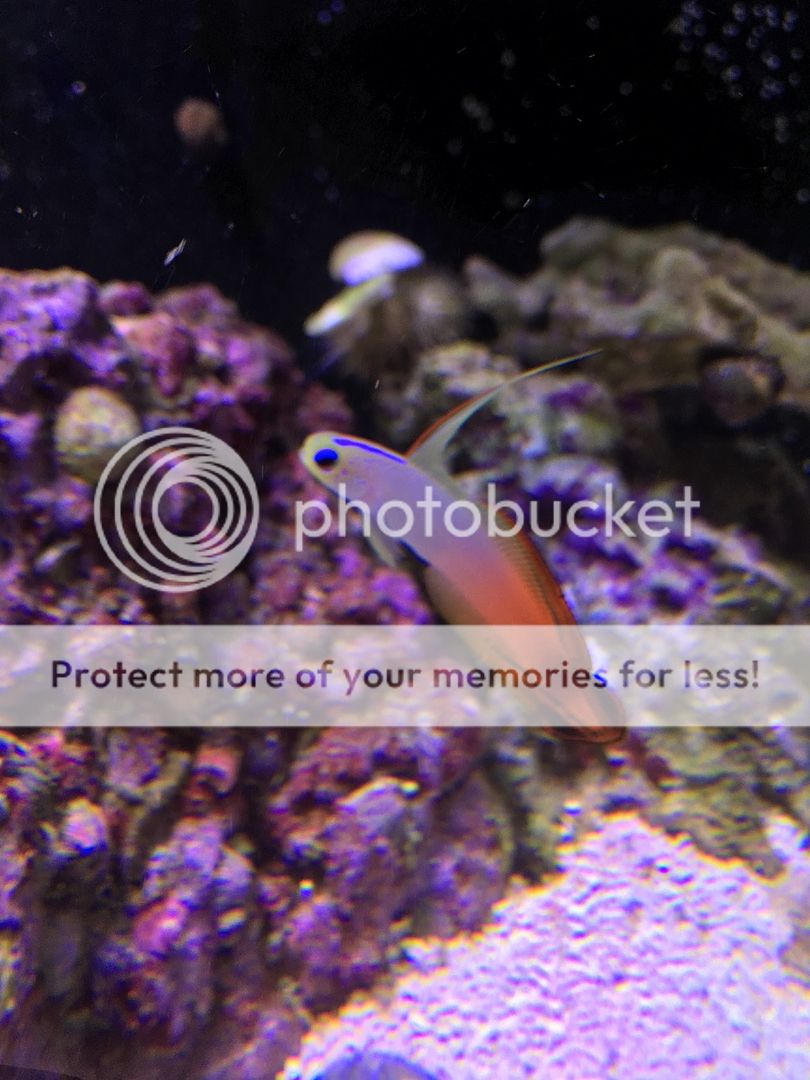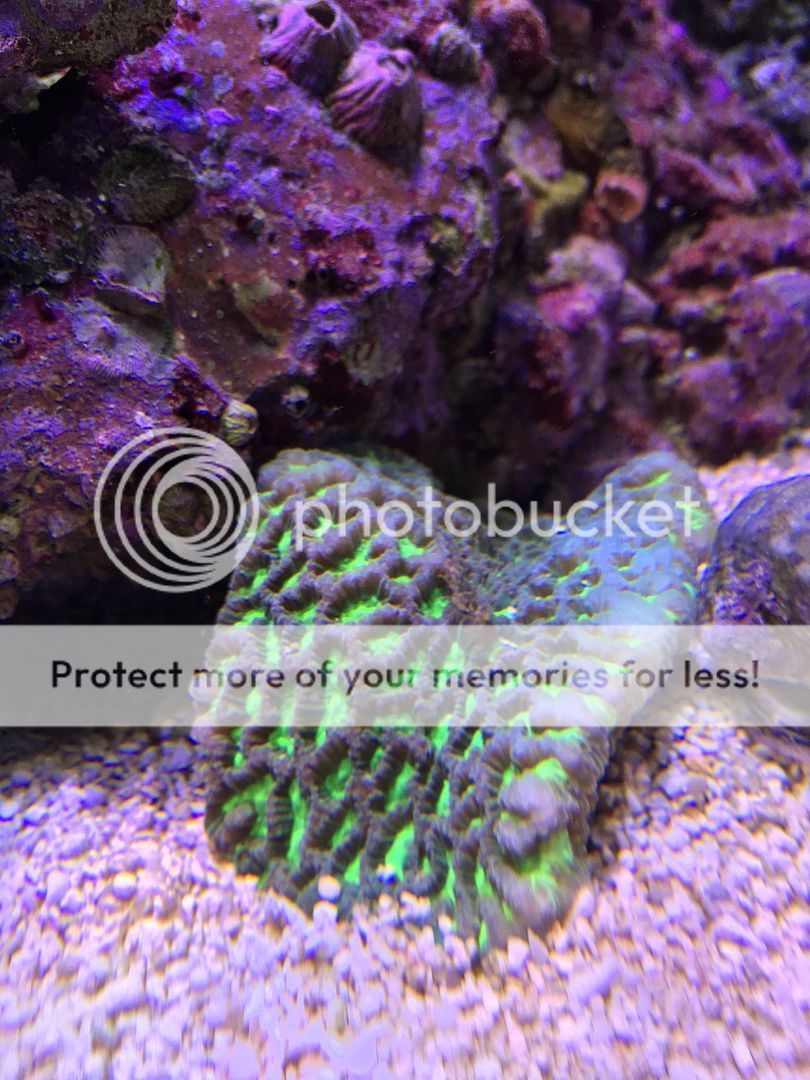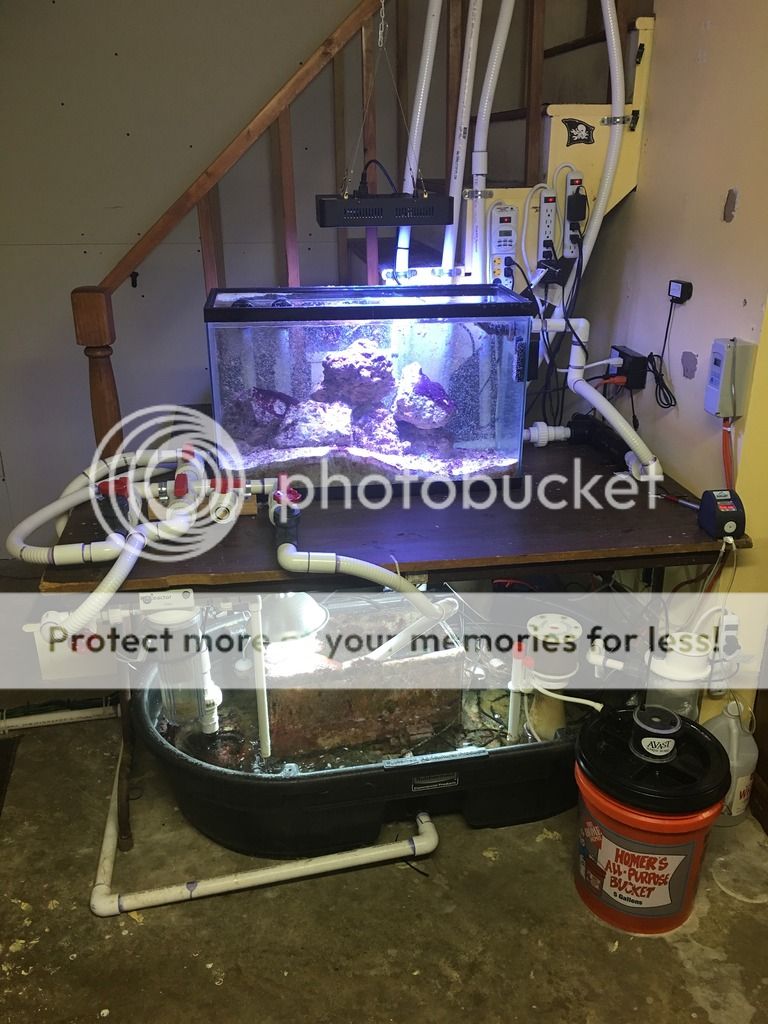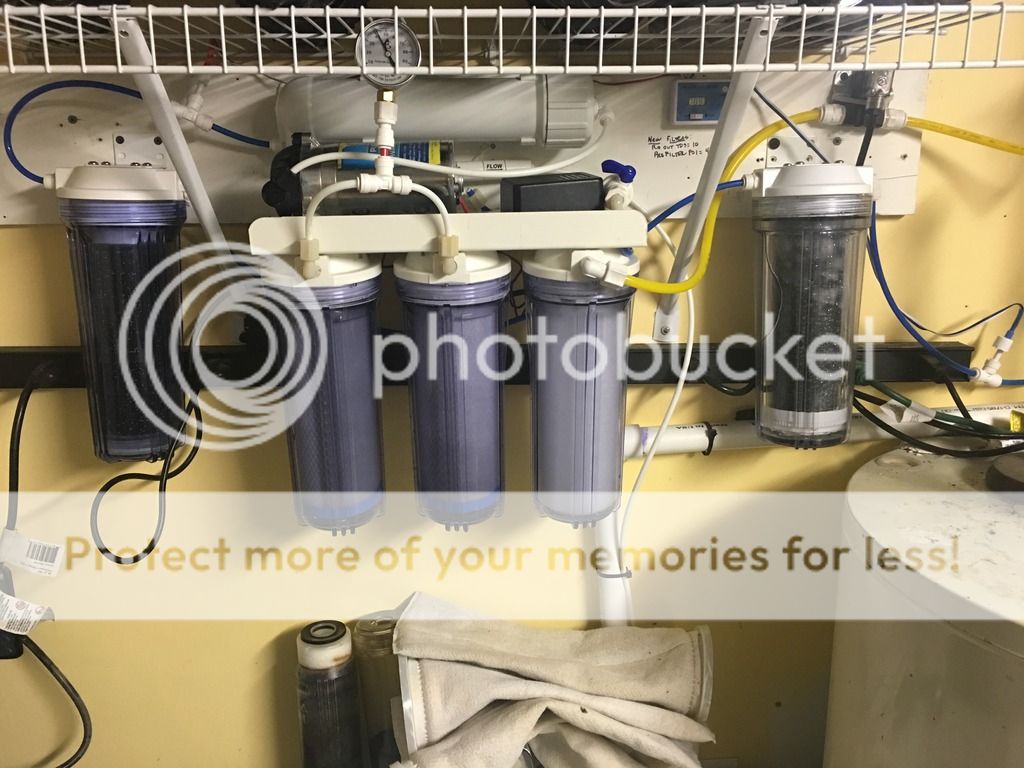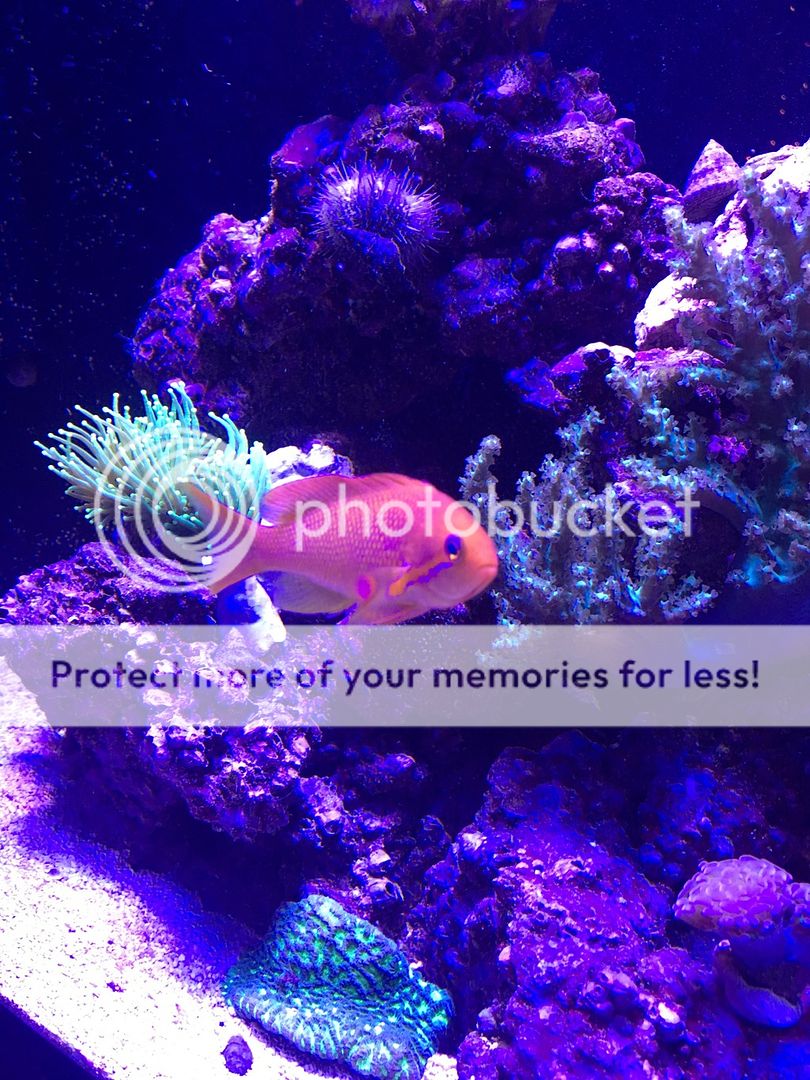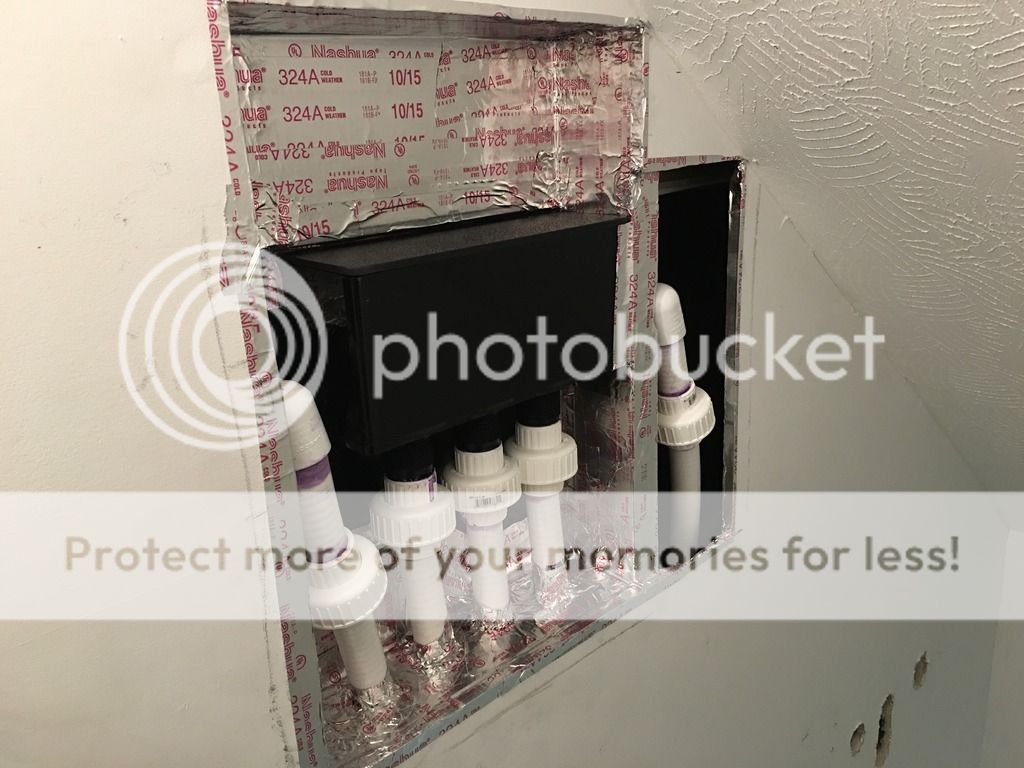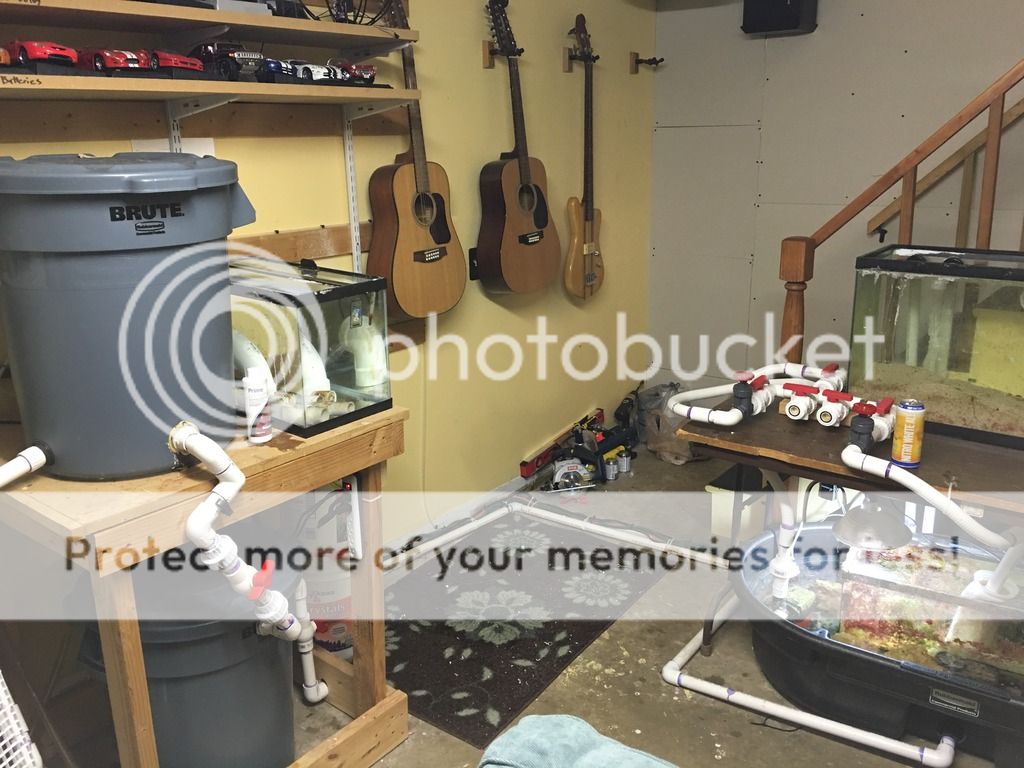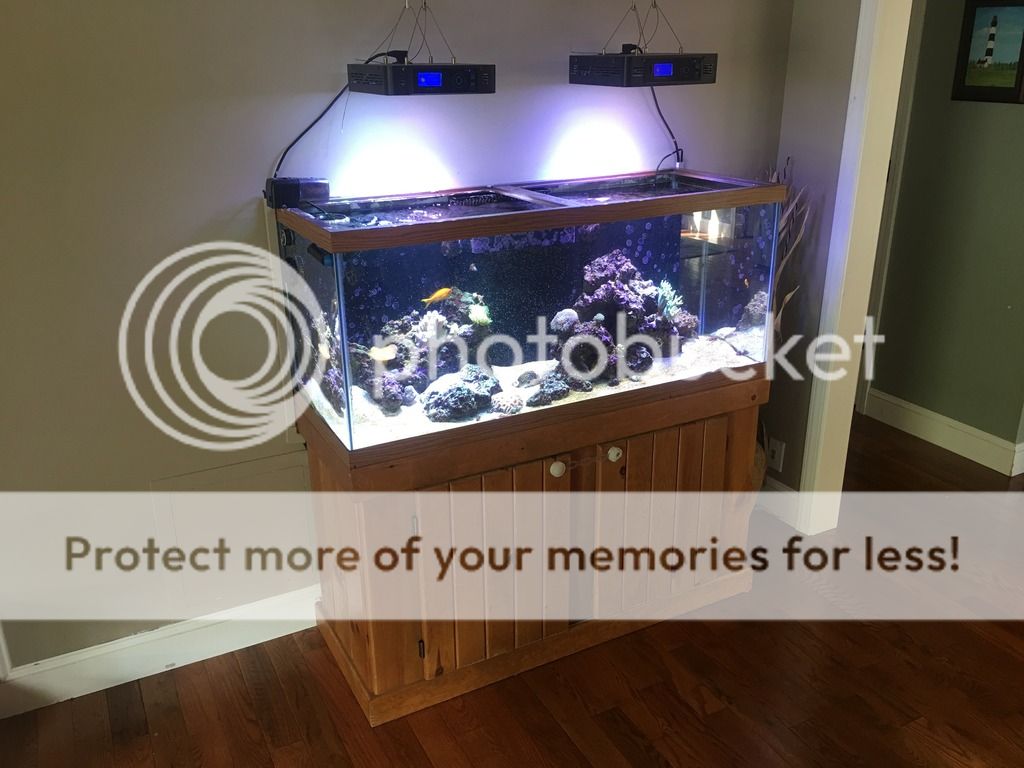Part 1 of 2
So, I bought my little girl who's 5 almost 6 a leopard gecko. Obviously I've been doing all the work and letting her enjoy and learn, and doing all this I think I've been bitten by the herp bug.
My local pet store is fantastic, I am very lucky. The owner is a conscientious pet owner and runs a great store with quality products and information, he actually directed me to this forum. Anyway, i had never ever in all the years of visiting this pet store I have never set foot in the herp department, I've always went straight to the reef section. Inside the herp section was a gigantic planted enclosure with the biggest freaking chameleon I had ever seen. The owner told me it was his personal Parsons chameleon and started filling my head with all kinds of ideas. He did discourage me from buying a Parsons and showed me a veiled chameleon, which was also quite big. He suggested I started with that and said having known my experience with reef aquariums that I should be able to set up a nice enclosure without much difficulty, then he directed me to this forum. I digress though.
Long story short (too late I know), I'm making plans for a veiled chameleon enclosure and I wanted to run my ideas past you kind experts here.
I plan on DIYing about 90% of this and I'm going to link some of the products when applicable. I know this is lengthy so thanks ahead of time for reading it.
THE ENCLOSURE
All in all I would like to make a weatherproof, large enclosure with a drain, a locking and hinged front panel, a hood to hide the lighting and heating and a decorative back wall.
frame
Wood frame covered in epoxy paint similar to making a plywood fish tank. I'll likely use particle board and coat it with epoxy. I don't think there is much reason to use plywood.
screen
1/2" PVC screen from Home Depot or lowes, my research says this is the best size.
drainage
Vinyl Shower floor, covered in pond foam and then the foam covered in black epoxy paint for durability and looks. It will be placed on top of a cabinet with a container inside that the drainage will run into.
design
Three open sides with the back covered in epoxy, then eggcrate covered in pond foam to make it appear like a rocky surface. I may or may not grow some real climbing vines and flowers that will all but cover the wall.
LIGHTING/HEATING
This will be complicated because I need lights that will serve multiple functions to both grow the plants that are in the enclosure, provide the animal with healthy UVB, and ensure the correct heat gradient and basking abilities without using unreliable incandescent bulbs.
plant lighting
A full spectrum programmable LED light with sunrise, sunset, moonlighting and storm capabilities.
uvb
Two fluorescent fixtures.
heat
I haven't decided on this yet, I'm thinking that since the LED will be ok for the plants and it will probably be a 16" or larger fixture depending on how big I make the final enclosure, that I could probably get away with a couple of ceramic elements pointed at an angle toward the center of the light. This way he would go up top toward the led and get the heat off the elements. I have to be careful not to melt the housing on the light though, so I'm not sure what the best thing would be. My other idea would be to use a tubular heating element for an oven, stove or hot tub (hooked to a temp probe and thermostat) coiled around the outside of the enclosure protected by a heat shield. This would effectively heat the entire top of the enclosure. I'm not positive though I'm still brainstorming this. Any ideas would be helpful.
WATER SYSTEM
My master plan is to provide fine mist multiple times a day and a large rain simulation from the top.
mist
My plan is to run spray bars up the length of each corner of the enclosure. These will be fed by a pump in a reservoir under the cabinet. This will provide fine horizontal mist. I plan on running this in short bursts (like a few seconds) multiple times a day.
rain
I plan on feeding a round droplet bar at the top of the enclosure which will be fed by a different pump.
PLANT TYPES
My plan here is to have four types of plants, and this is one section where I need lots of help. I want vines, a hanging basket or two, ground cover, and a centerpiece.
centerpiece
I love those habiscous trees, and this is likely going to be my centerpiece plant unless there are objections.
Hanging basket plant.
I have no idea here, preferably in my mind I am picturing something that grows downward toward the centerpiece.
Vines
Not a clue, I hope to have these growing from the bottom up attaching themselves to the pond foam wall in the back.
Ground cover
Again, no clue here. My hope is to have some short plants growing around the centerpiece.
So, I bought my little girl who's 5 almost 6 a leopard gecko. Obviously I've been doing all the work and letting her enjoy and learn, and doing all this I think I've been bitten by the herp bug.
My local pet store is fantastic, I am very lucky. The owner is a conscientious pet owner and runs a great store with quality products and information, he actually directed me to this forum. Anyway, i had never ever in all the years of visiting this pet store I have never set foot in the herp department, I've always went straight to the reef section. Inside the herp section was a gigantic planted enclosure with the biggest freaking chameleon I had ever seen. The owner told me it was his personal Parsons chameleon and started filling my head with all kinds of ideas. He did discourage me from buying a Parsons and showed me a veiled chameleon, which was also quite big. He suggested I started with that and said having known my experience with reef aquariums that I should be able to set up a nice enclosure without much difficulty, then he directed me to this forum. I digress though.
Long story short (too late I know), I'm making plans for a veiled chameleon enclosure and I wanted to run my ideas past you kind experts here.
I plan on DIYing about 90% of this and I'm going to link some of the products when applicable. I know this is lengthy so thanks ahead of time for reading it.
THE ENCLOSURE
All in all I would like to make a weatherproof, large enclosure with a drain, a locking and hinged front panel, a hood to hide the lighting and heating and a decorative back wall.
frame
Wood frame covered in epoxy paint similar to making a plywood fish tank. I'll likely use particle board and coat it with epoxy. I don't think there is much reason to use plywood.
screen
1/2" PVC screen from Home Depot or lowes, my research says this is the best size.
drainage
Vinyl Shower floor, covered in pond foam and then the foam covered in black epoxy paint for durability and looks. It will be placed on top of a cabinet with a container inside that the drainage will run into.
design
Three open sides with the back covered in epoxy, then eggcrate covered in pond foam to make it appear like a rocky surface. I may or may not grow some real climbing vines and flowers that will all but cover the wall.
LIGHTING/HEATING
This will be complicated because I need lights that will serve multiple functions to both grow the plants that are in the enclosure, provide the animal with healthy UVB, and ensure the correct heat gradient and basking abilities without using unreliable incandescent bulbs.
plant lighting
A full spectrum programmable LED light with sunrise, sunset, moonlighting and storm capabilities.
uvb
Two fluorescent fixtures.
heat
I haven't decided on this yet, I'm thinking that since the LED will be ok for the plants and it will probably be a 16" or larger fixture depending on how big I make the final enclosure, that I could probably get away with a couple of ceramic elements pointed at an angle toward the center of the light. This way he would go up top toward the led and get the heat off the elements. I have to be careful not to melt the housing on the light though, so I'm not sure what the best thing would be. My other idea would be to use a tubular heating element for an oven, stove or hot tub (hooked to a temp probe and thermostat) coiled around the outside of the enclosure protected by a heat shield. This would effectively heat the entire top of the enclosure. I'm not positive though I'm still brainstorming this. Any ideas would be helpful.
WATER SYSTEM
My master plan is to provide fine mist multiple times a day and a large rain simulation from the top.
mist
My plan is to run spray bars up the length of each corner of the enclosure. These will be fed by a pump in a reservoir under the cabinet. This will provide fine horizontal mist. I plan on running this in short bursts (like a few seconds) multiple times a day.
rain
I plan on feeding a round droplet bar at the top of the enclosure which will be fed by a different pump.
PLANT TYPES
My plan here is to have four types of plants, and this is one section where I need lots of help. I want vines, a hanging basket or two, ground cover, and a centerpiece.
centerpiece
I love those habiscous trees, and this is likely going to be my centerpiece plant unless there are objections.
Hanging basket plant.
I have no idea here, preferably in my mind I am picturing something that grows downward toward the centerpiece.
Vines
Not a clue, I hope to have these growing from the bottom up attaching themselves to the pond foam wall in the back.
Ground cover
Again, no clue here. My hope is to have some short plants growing around the centerpiece.
Last edited:




